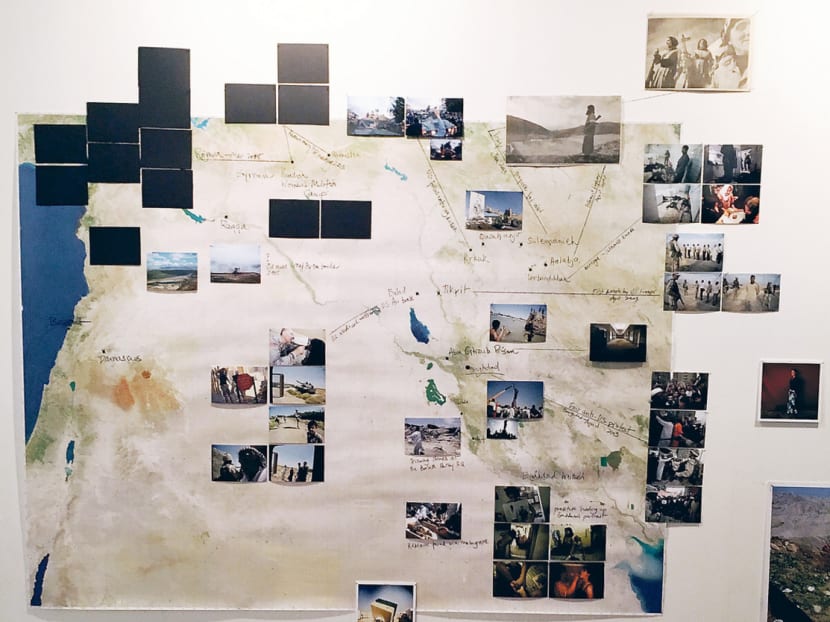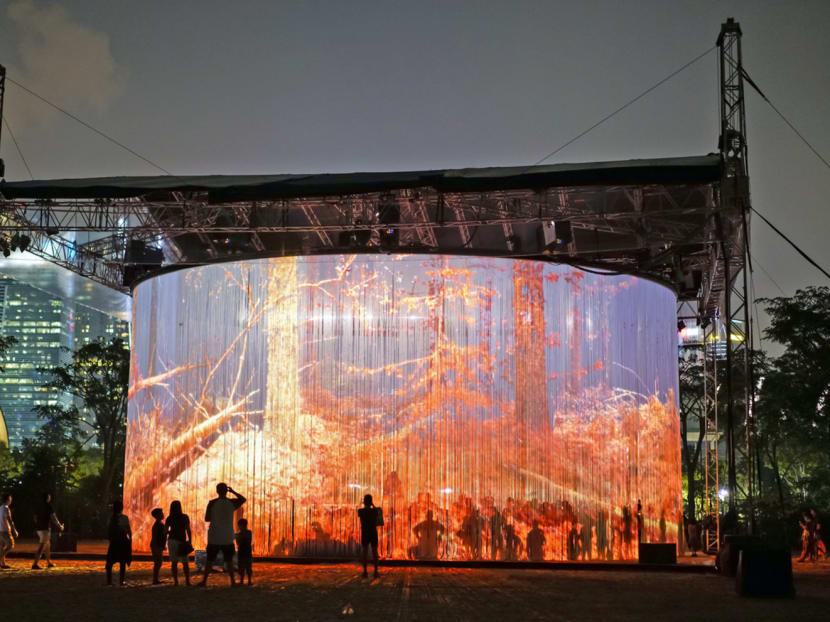Leadership direction, public engagement remain challenges for the arts in Singapore
The year 2016 was a good one for Singapore arts with several local arts practitioners gaining international recognition.


The year 2016 was a good one for Singapore arts with several local arts practitioners gaining international recognition.
Attendance at local events also saw an uptick. For instance, the 19th Singapore Writers Festival in November saw a record attendance of 20,350 people, up from 19,700 last year, and Singapore International Festival of Arts (Sifa) also saw a record number of 155,000 individuals, an increase of more than 2.5 times from 2015.
The challenge for the arts community moving ahead would be how it will keep up the growth momentum and further increase arts appreciation among Singaporeans.
For all its gains over the last year, the arts community is off to a rocky start following leadership upheavals at a number of leading arts organisations in 2016. Senior leadership positions at the Singapore Art Museum (SAM) remain unfilled after its former director Susie Lingham and chief executive officer Leng Tshua left within months of each other. Leng had been CEO for less than a year.
Over at Arts House Ltd, former CEO Lee Chor Lin left in September amid rumours of differences with the board and after serving just three years. In December, Sarah Martin — previously from Singapore Grand Prix — took over the reins and will be expected to not just steady the ship, but also take on an expanded portfolio comprising Victoria Theatre and Victoria Concert Hall, and the Drama Centre.
There was also the end of National Arts Council CEO Kathy Lai’s secondment in October, with deputy CEO Paul Tan covering as interim leader. There have not been any updates on who will be the next CEO.
UNCERTAINTY IN THE SCENE
While the opening of the National Gallery Singapore and Indian Heritage Centre in 2015 helped increase arts attendance and has been a welcome boost to the arts scene, the shake-ups at the top have raised some concerns among local practitioners about how they would affect the respective organisations, as well as the quality of the arts in Singapore.
Khairuddin Hori, curator for Lock Route, a public art showcase at Singapore Art Week 2017 and curatorial director at Chan Hampe Galleries, believes that these departures have created “psychological dents within the fraternity”.
“The arts is a field where the investments are not just in things such as money, time, infrastructure, but involves lots of intangible investments such as one’s emotions. There is a lot of ‘feel’ in art; without it, art cannot be created so when a leadership void or shift happens, one cannot discount the mood change and how it affects the outlook for the future.”
Jeffrey Say, lecturer at the Lasalle College of the Arts Singapore, who co-edited and launched the publication Histories, Practices and Interventions: A Reader in Singapore Contemporary Art with National Gallery senior curator Seng Yu Jin, said: “Of the leadership vacuum, the one at SAM seems to be the most crucial. It would be interesting to see who will be next director of SAM because whoever helms it must have the foresight and dynamism to take SAM to the next phase in view of the competition from the National Gallery Singapore, which will no doubt be producing more blockbuster exhibitions and stepping up its programming.”
Others, though, are not perturbed by instability at the top. Art collector and lawyer Ryan Su said: “I believe (leadership changes) really do not matter as market forces will eventually shape the arts landscape. For example, the public will decide what it wants to see with its dollar votes, and the relevant organisations will cater to that.”
QUALITY VERSUS QUANTITY
Leadership issues notwithstanding, there is also continued debate over ways to make art more appealing to the mass public. While some say creating more events will make the arts more accessible to people, hence promoting appreciation for the craft, others say this might compromise the quality of works.
Within the Singapore literature scene, for instance, there has been a boost in activities last year, with literary non-profit Sing Lit Station helming SingPoWriMo, an online platform for poetry contributions, which saw its membership double in two years from 1,200 people in 2015 to 2,500 in 2016.
Kenny Leck, founder of independent bookstore BooksActually, said: “All this can be backed by hard data so it is a straight ‘Yes’”, agreeing that the outlook for SG Lit is positive. He added that local content has been pushing SG Lit boundaries, which is important to the industry’s growth. “Surely we can also take joy, and pride in small positive steps taken.”
However, Sing Lit Station co-founder Joshua Ip also felt the impact of these activities was far from mainstream, and more can be done. “I still think we’re just a very vibrant and dynamic niche. Until bookstores like Popular devote significant attention to pushing Sing Lit, we will never get there.”
Agreeing, Jee Leong Koh, poet and organiser of The Singapore Literature Festival in New York City, said: “We should not look to others, or at mere numbers, to assess the development of our literature. Instead, we need to ask whether our writers are seriously engaged with the important questions of our time and with the struggle of ordinary Singaporeans for justice, equality and subsistence.”
For Khairuddin, while he acknowledges that there are more arts events these days, he said the challenge is for arts organisations to enhance the local thinking and capabilities behind programmes presented in Singapore.
Citing the Singapore Night Festival which draws more than 500,000 visitors annually as an example, he said: “Now that The Night Festival has staged its 9th edition, we should honestly evaluate what it means to us, and how it could be a platform for true and locally developed art and curatorial direction.”
“Foreign artists ... could be invited for residencies in Singapore to adapt their work with inspiration from our city and its people and not just here to present pieces from their existing repertoire. When such artists develop work in residence, our own technical and artistic talent pool also benefit from their shared professional practices.”





